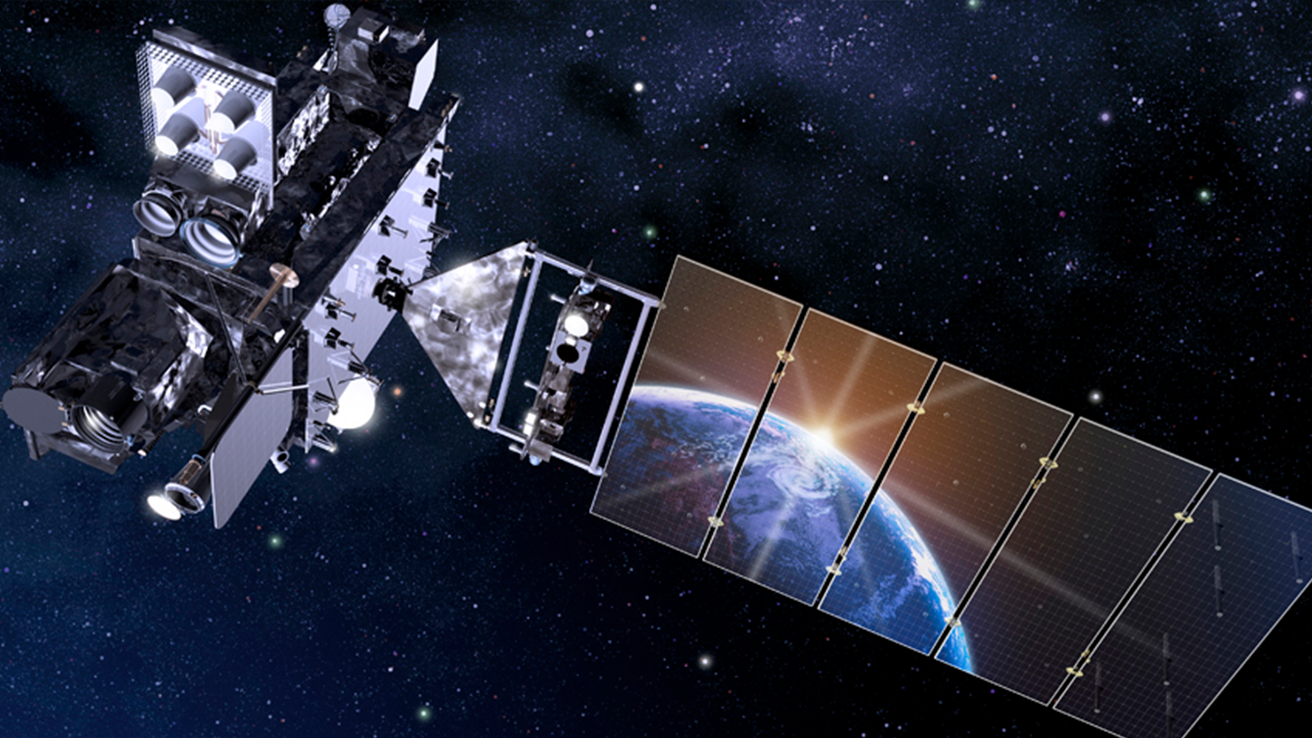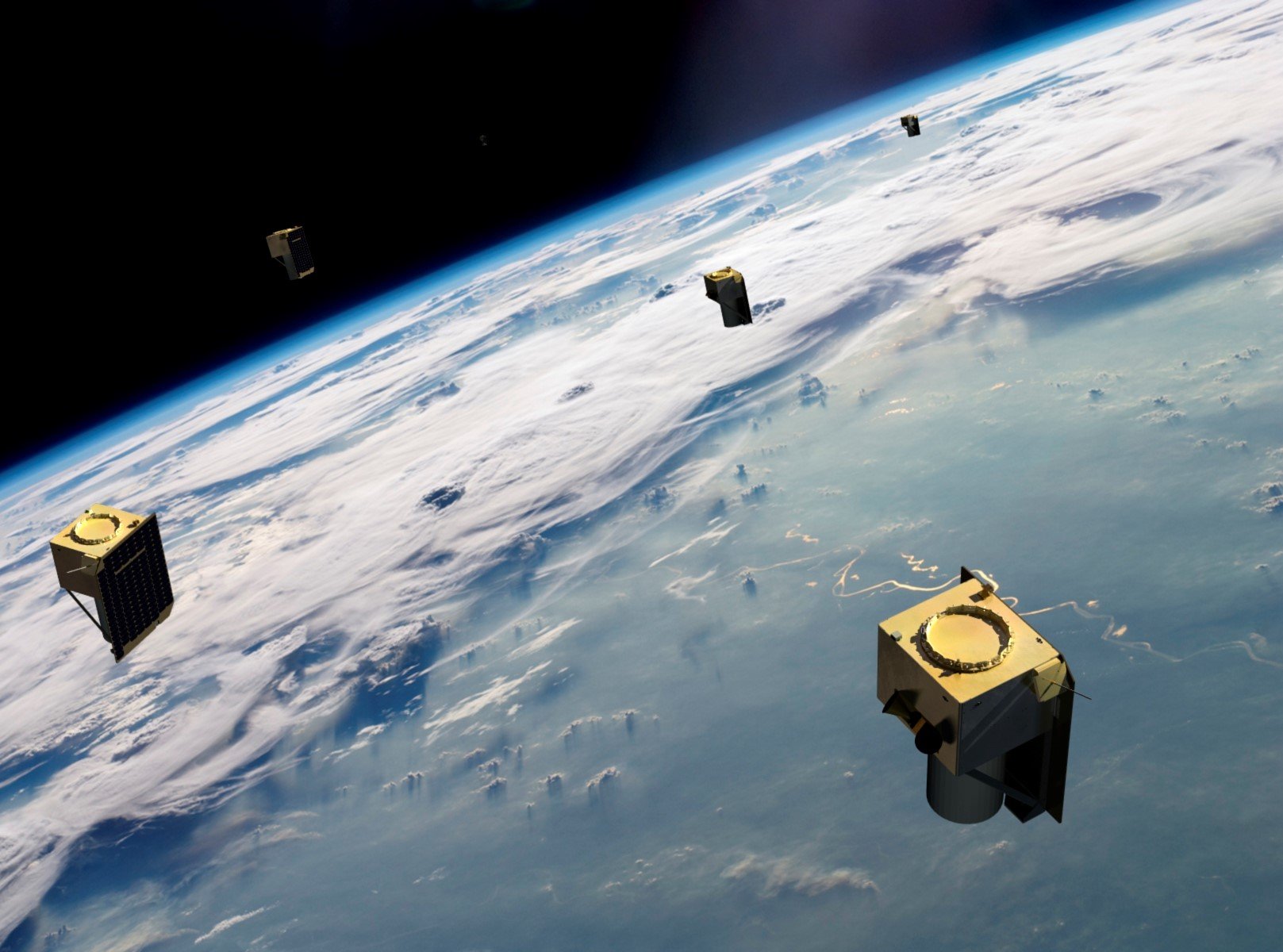Is it a Waste to go to Space?
I hear this question a lot. “Why should we go up there, when we have so many problems down here?”
I heard it when I worked in the Advanced Propulsion Lab at the University of Washington. I heard it when I worked at an asteroid mining company called Planetary Resources. I even heard it when I worked for the much more down-to-Earth BlackSky selling satellite imagery.
I must have heard it dozens of times from dozens of people during my more than half-decade career in the space industry.
Early on, I’d answer with something like, “because it’s cool. Duh.” If I was feeling less dismissive, I’d explain how technologic advances in space can benefit life on Earth: with more accurate GPS, better heaters, smaller computer chips, and other tangential improvements that go almost unnoticed.
As I’ve gotten older, and even spent some time away from the industry, I’ve come, in a weird way, to appreciate the question and critique, “why go out there?”
But I’ve also come to understand even more how technology orbiting hundreds to thousands to tens of thousands of miles above the Earth can have a direct impact on our daily lives.
Before I dive into that, I want to talk about why so many people seem to ask the exact same question.
Why space tech seems so frivolous
To people in the space industry, the question, “why go out there?”, can feel either annoying or ignorant or both. After all, they’re basically telling you your work is a waste. I felt that way for a while. Now, however, I don’t blame anyone one bit for asking it.
When I look at the way space tech is talked about in the mainstream, I can understand why people are so skeptical.
The two main companies in the industry, SpaceX and Blue Origin, and their idealistic leaders are largely the reasons why. These companies couldn’t be farther from the daily drama of the average American life if they tried.
Blue Origin want “millions of people living and working in space,” and SpaceX is all about “enabling humans to live on other planets.”
If you’re worried about putting food on the table, the missions of these companies might as well reek. Admittedly, if you’re struggling to survive the week, even the benefits I share below probably won’t matter much. But if you have the comparative privilege of short-term stability, you should care about space technology for a few reasons. They all come back to the existential threat we’re facing: Climate change.
Don’t worry. It’s not about escaping the Earth on some interplanetary ark. Sci-fi and pop culture has already explored where those efforts are taking us. It’s not pretty
A Dystopia in Space
The 2013 movie Elysium painted a picture of this future. It starred Matt Damon as a Latino man in a late-21st Los Angeles that gave me and many viewers a stark sense of déjà vu.
The world in Elysium has been claimed by climate catastrophe. The air is unbreathable. Plants and animals are all but absent, and the people are sick. Meanwhile, hovering about this hellscape is Elysium: the orbital oasis of the ultra-wealthy.
On Elysium, the air is pure. Plant life is lush, and the people are healthy – aided by technology that can heal any ailment.
The future envisioned in Elysium is in many ways an allegory for the contemporary crisis of mass migration. The plot centers an underground network of shuttlejackers and hackers who are trying to help others escape Earth and enter Elysium.
These people want nothing more than to live full, healthy lives, free from the constant struggle to survive. Meanwhile, the elite of Elysium consider them to be criminals and terrorists. As these people seek refuge, Elysium responds with violence, going so far as to fire a missile on a shuttlecraft full of kids.
With Bezos and Musk guiding us toward a future akin to Elysium, even if they don’t intend to, I don’t blame anyone for feeling that space technology is a waste of time, money, and resources.
However, even with these dystopic visions in mind, if we approach space tech with equity and intentionality, the advances we make can, in fact, lead us away from dystopia and toward a regenerative world.
To illustrate this, I’ll share four ways that space tech can aid and accelerate climate action.
4 Ways Space Tech Helps Us Take Climate Action
I’ll touch on the one with the biggest impact in your day-to-day life first: the weather forecast.
1) Enhanced Weather Forecasting
The weather’s getting weird.
The older you are, the more likely you are to notice it because you can remember a time when seasonal weather was as predictable as the ticking of a clock. But no longer is that the case.
The once familiar seasonal weather patterns are shifting and changing in almost unpredictable ways. Flowers bloom earlier than they used to, sometimes by weeks. And just as we settle in for the early spring, winter weather returns with a sudden snap, only to retreat just as suddenly and leave behind formerly frozen flower petals to thaw in the fields.
Every region is reacting to climate change in different ways. The notoriously rainy Seattle, my home, went weeks this past February without rain only for it to pour almost four inches in two days at the very end of the month.
But this change in the rain is only an inconvenience compared to what’s happening in other parts of America and the world.
In the Midwest, Tornado Alley has shifted east by hundreds of miles, with tornadoes occurring out of season and increasing in intensity too.
Cities like Nashville, where tornadoes were once a rare occurrence, are now having homes demolished by tornadoes with astonishing regularity.
These major shifts aren’t restricted to the States.
Across India, whole regions are alternating between flood and drought as the monsoon is disrupted. Not only does this add an extra layer of stress and uncertainty to farmers who have already faced extraordinary hardship, it affects the culture of a subcontinent for whom the monsoon rains are a source of celebration.
This isn’t even to mention the historic heatwave that gripped India earlier this year.
With similar trends of disrupted weather around the world, the ability to accurately predict the weather as far in advance as possible is necessary for adapting to the climate crisis.
For your local weatherperson to give you an accurate forecast for the week, they need two things: a strong model and a lot of data. This is where space tech come into play.
Weather models need to know the temperature, pressure, moisture, and other weather-related data across a broad region to create a forecast with any sort of accuracy.
As you can imagine, gathering all this data is no easy task.
Unless we deployed an extensive and expensive network of ground-based sensors, there’s simply no way to gather all that data without the beyond-a-bird’s-eye-view that satellites offer us.
Missions like GOES, the Geostationary Operational Environmental Satellites, are key.
From their geostationary orbits, where they sit some 22,000 miles about the same spot on Earth’s surface, these satellites observe a large portion of the plant with highly sensitive sensor arrays and stream down data.
GOES provides information on surface temperatures, lightning storms, cloud patterns, wind speeds, wildfires, moisture levels, and other key pieces of data meteorologists need.
Without these satellites, our forecasts would be handicapped. Something we can’t afford. Not only because I’m sure you want to know when you can go for a picnic or a beach trip, but also because accurate weather forecasts can mean the difference between life and death for people in the path of extreme weather.
2) Improved Disaster Response
Beyond predicting the weather, extreme or otherwise, space tech helps us respond when disaster strikes.
Climate change has made almost every category of catastrophe more common and more deadly. While enhanced weather forecasts help people prepare for a disaster and perhaps even evacuate, there will often be those who, for one reason or another, are caught in the storm, and a well-coordinated response just might save their life.
Effective disaster response requires knowing of what areas are most affected and what access routes are available. But when cell towers and power lines are down, and roads are destroyed or obstructed, emergency response teams can’t count on insight from the ground. They need eyes in the sky.
Planes and helicopters can help, but depending on the location of the disaster and the nearest unaffected airfield, it could take hours to get an aerial survey of the scene. After a disaster, every second counts. To make matters worse, the weather might make it unsafe to fly. This gap can only be filled with data from space.
Satellites can provide two crucial kinds of data to guide response efforts: radar and optical images.
Since radar can cut through storm clouds, it provides crucial information when nothing else can. There’s a major downside though. Radar images aren’t easy to understand.
Optical images, on the other hand, are just high-resolution versions of the pictures you’d take with any old camera. This makes them easy to understand and a powerful form of data that disaster response teams can use to guide their efforts.
One example of this is BlackSky’s fleet of satellites flying in loose formation, also called a constellation. The BlackSky constellation was designed with the goal of being able to capture an image of almost anywhere on the planet once every hour or less.
While it’s mainly used by the military, BlackSky’s imagery can and has been used for disaster response as well.
Given the ability of the constellation to capture images of the same site with high frequency, BlackSky can provide constant updates as events unfold. The situational awareness their satellites provide could mean the difference between someone being stranded or saved.
From Reactive to Proactive
The two examples I’ve shared, weather forecasts and disaster response, are no doubt important. But they focus on how we react and respond to climate change as it unfolds.
That’s a far cry from my stated promise of moving us away from dystopia. These two cases only seem to help us cope with the dystopic world emerging around us.
However, the next two examples should give you a sense of how space tech helps us take steps toward healing and regenerating our world by measuring and mitigating the causes of climate change.
3) Measuring Greenhouse Gases
It’s been repeated so often I’m almost sick of hearing and saying it, but I’ll state it again for good measure: to keep global warming to 1.5 degrees – the internationally agreed upon level that will limit the extent of disaster – we must cut greenhouse gas emissions, the causes of global warming, in half by 2030 and eliminate them entirely by 2050.
The only way we can achieve these goals is with a firm grasp of how much carbon dioxide and other global-warming gases are in the atmosphere, how much we’re emitting, where those emissions come from, and what’s working to pull them out of the atmosphere.
Each piece of this puzzle is difficult to assess, but space tech can help us find the answers. In fact, nothing else can provide the global view we need while at the same time providing location-specific information of the areas with the highest rates of emissions.
Without this information, policymakers struggle to develop the procedures, programs, and projects that can rapidly reduce emissions and give us the best shot at hitting our long-term goals.
We see this at work with missions like NASA’s Orbiting Carbon Observatory 2 (OCO-2). As the name suggests, OCO-2 observes the amount of carbon in the atmosphere. It also measures how much carbon emitted is or absorbed by areas across the globe as it passes over them orbit.
These measurements have helped scientists to understand what we’re up against in the fight against climate change and the best efforts we can take to keep it at bay.
Though the biggest benefit from OCO-2 and similar missions is understanding where emissions come from, the so-called sources, we shouldn’t overlook what it tells us about where emissions are absorbed, the sinks.
To combat climate change, we must reach a balance between sources and sinks and, eventually, tip the balance in favor of carbon sinks.
Forests and oceans are major carbon sinks, and we need to understand their health, and how much carbon they can draw down, to chart a clear path forward.
This is where the fourth and final benefit of space technology for climate action comes into play, and it plays the greatest role in regenerative efforts.
4) Ecosystem Health Monitoring
There’s no two ways about it; the Earth is sick, and climate change is a symptom of that sickness.
I’m not one to say, “humanity is a virus.” We are, however, behaving like a parasite.
But with intentional effort, we can cultivate and rekindle a symbiotic relationship with our planet and, in doing so, help it to heal. To do that, we have to play doctor: We need to diagnose the problem, and prescribe a treatment.
This starts by monitoring the health of Earth’s ecosystems, something space tech affords us a unique ability to do.
Contrary to how we’ve been taught to view our planet, the Earth is a living, breathing being, and major ecosystems are its organs. The Amazon Rainforest, after all, is often called the “lungs of the Earth.” Meanwhile, rivers and waterways act as Earth’s blood vessels. Many other ecosystems are without easy anatomical analogy, but they are vital all the same.
If we want to heal the Earth and repair the damage we’ve done, we need a view to the holistic health of Earth and its ecosystems, so we can develop treatment plans and monitor their effectiveness. We can’t do that with ground-based measurements alone. On the ground, we simply can’t see the forest from the trees.
This is why efforts like Norway’s International Climate & Forests Initiative, pursued in Partnership with the space tech companies Planet and KSat, are so essential.
The goal of this initiative is to create a new map of global tropical forests every month to assess and track the ever-evolving state of Earth’s forests. This will allow organizations to monitor and respond quickly to evidence of illegal logging and mining as well as enhance efforts to protect and preserve these vital ecosystems before they reach and overrun the tipping points they are approaching.
Missions like these are crucial, and the data they provide can only come from the zoomed-out view of space.
What Space Tech Teaches Us
Space technology allows us to put local problems in their global context. In doing so, it teaches an important lesson about how we can approach problems in our own lives.
It all comes down to zooming out.
The reason space technology provides all the insights I enumerated above is because it allows us to step back, take in the whole scene, and get away from the minutiae we face on Earth’s surface. This is an approach we could use more of in our own lives.
In times like these, with rapid inflation and a coming recession, it’s easy to get so bogged down by the day-to-day drama that you can only react to what’s right in front of you, especially if you’re struggling to make ends meet.
This turns every day into a race you can never escape.
When you’re running this race, circling around an endless loop, bumping into all the other bodies trapped on the same track, it’s almost impossible to see any way out.
The only way to find an escape is by taking a step back and seeking an opportunity to assess your situation and strategize a path toward your goal.
When you zoom out and get a clear view of your situation with the end goal in mind, you can search for the options that help you break free of the ceaseless cycles you’re caught up in.
Then, you can re-enter the race for as long as you must, with an eye out for those opportunities that will allow you to break free and set out on your own.
This is the lens space technology affords society – at least when we approach it with intention.
It can help us stay one step ahead of the climate crisis with enhanced weather forecasting and improved disaster response. And it allows us to plan ahead and develop strategies for breaking free of the cycle of reactionary response through measuring greenhouse gases and monitoring ecosystems.
All told, space technology is a crucial piece of the puzzle for how we move away from dystopia and walk towards a regenerative world.
If you’re interested in exploring the intersection of technology and social justice, subscribe to the Just Progress newsletter below to get articles just like this sent to your inbox every week.





